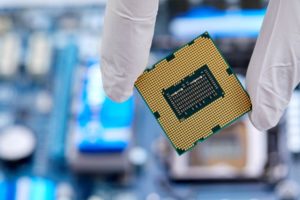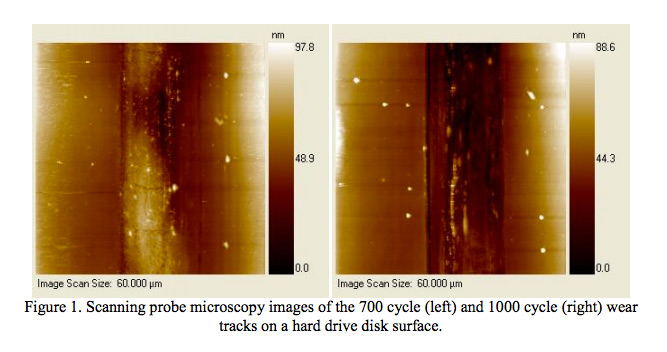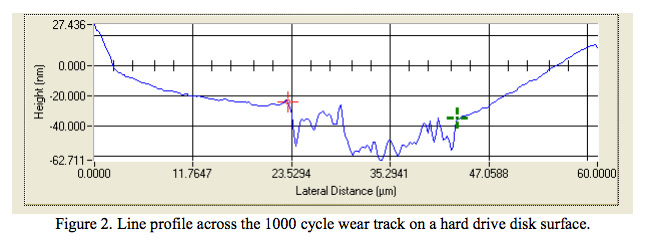- Lab Services
- Chemical
- Color Measurement
- Contact Angle
- Gloss Measurement
- Liquids
- Mechanical
- Abrasion
- AFM
- Contact Stylus Surface Roughness Analysis
- Depth Profiling
- Express Property Mapping through Accelerated Nanoindentation
- Macroscratch
- Microindentation
- Microscratch
- Modulus Mapping
- NanoDMA
- Nanoindentation
- Nanoscratch
- Rheology
- Scratch Testing ISO 1518
- Shore A and Shore D Hardness
- Universal Testing Machine
- Metallurgy
- Microscopy
- Particle Size
- Peel Strength
- Pore Size
- Surface Roughness & 3D Topography
- Technical Consulting
- Thermal
- Tribological
- X-Ray Diffraction
- Zeta Potential
- Products
- Industries
- Resources
- About Us
- Testimonials
- Contact Us


 As handheld electronics become an ever larger part of consumer lifestyles, it is important to know the material properties to help ensure that the electronics will be the best quality. At Ebatco, our scientists will provide a professional report in a timely manner so that you can have an overall understanding of your product. Our testing will ensure that the electronics produced will meet consumer expectations.
As handheld electronics become an ever larger part of consumer lifestyles, it is important to know the material properties to help ensure that the electronics will be the best quality. At Ebatco, our scientists will provide a professional report in a timely manner so that you can have an overall understanding of your product. Our testing will ensure that the electronics produced will meet consumer expectations.







